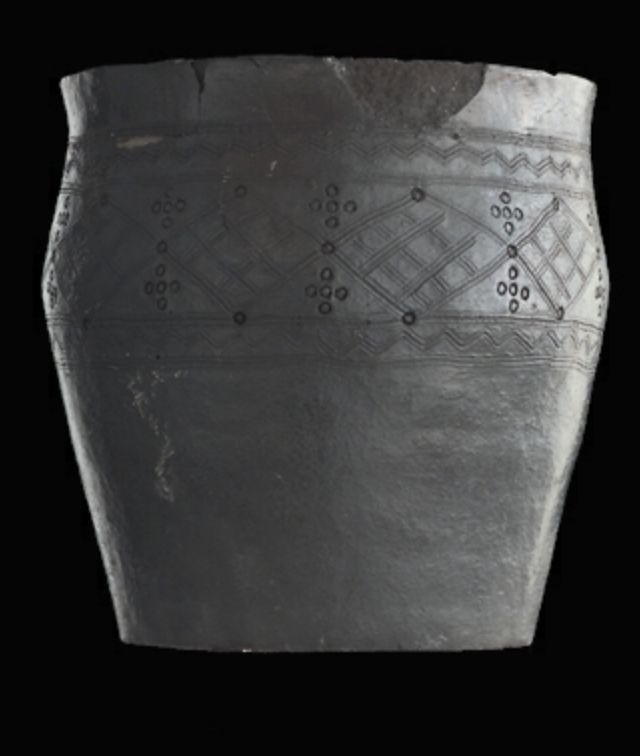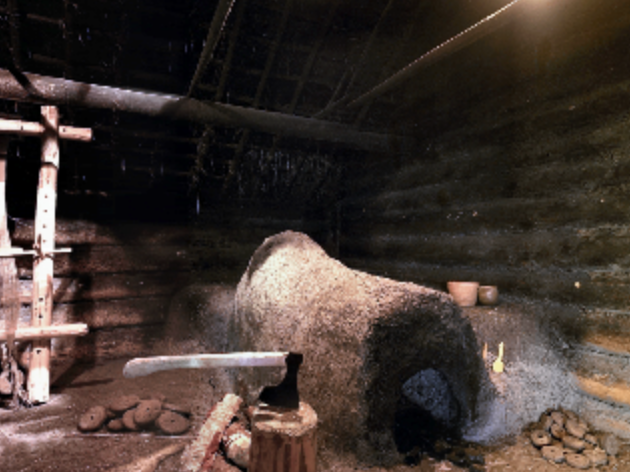Panorama is a term used to refer to pictorial representations that unfold before the spectator, and for photographs that show a wide view produced by a panoramic camera or through joining photographs.
Panoramas can be of value to archaeology because they can reproduce the experience of standing in one place and looking around, as well as moving to another spot that provides a different view.
In our classification of digital, interactive, panoramas, the term Simple Panorama is used to refer to those panoramas that provide a representation from a single point of view. A Compound panorama is used to refer to those that provide the viewer with access to representations from different locations. The scope of inclusion for a given representation can be measured in degrees with respect to the field of vision from the location from which the panorama is created.
Sources:
Getty, 2000.
Krasniewicz, 1999.
ML = Medialaboratorio, TaiK, Helsinki
MV = Museovirasto, Helsinki
TYA = Turun yliopiston arkeologian oppiaineen arkisto, Turku.

